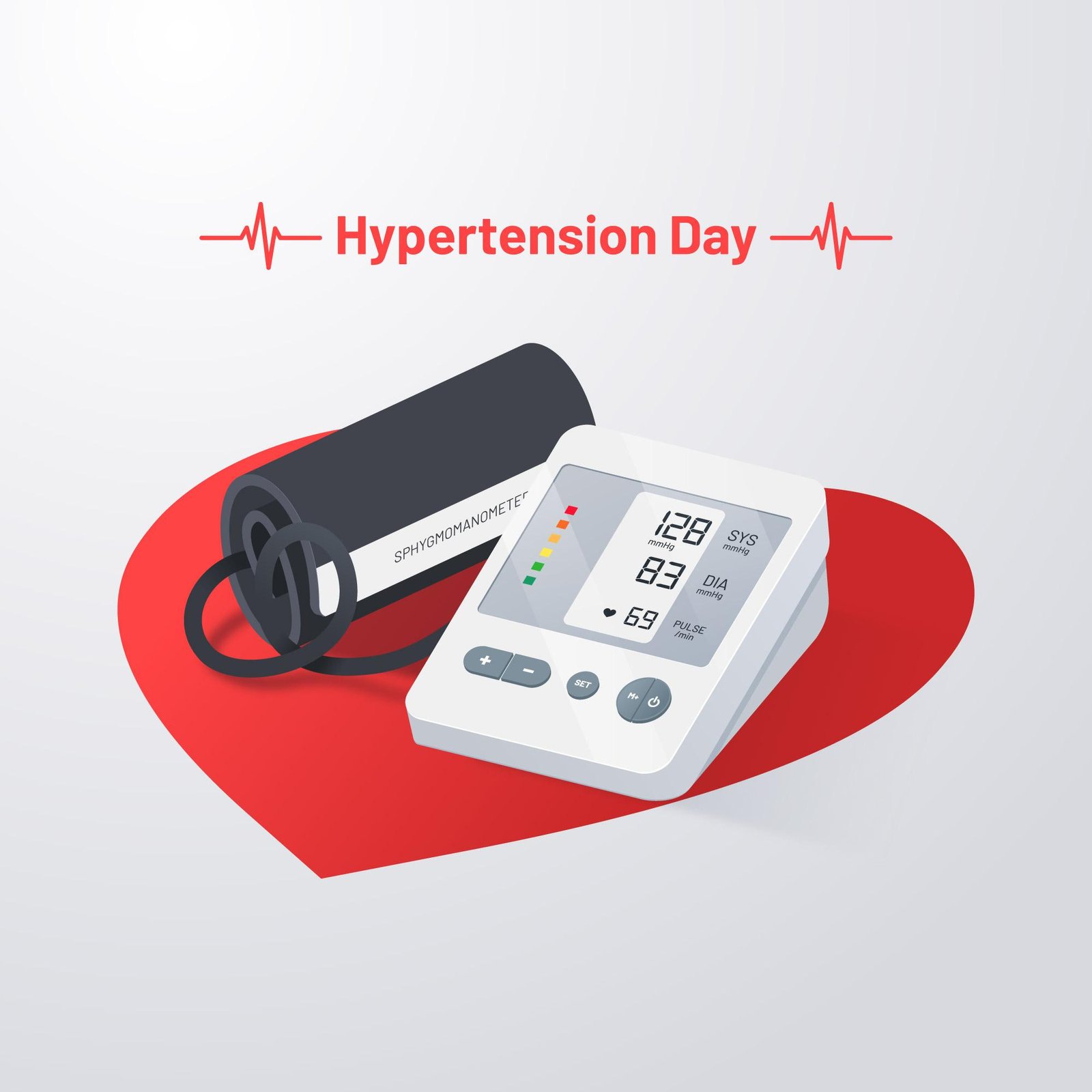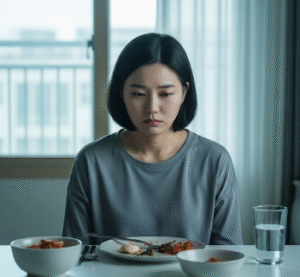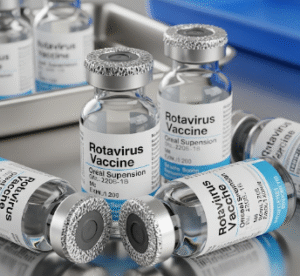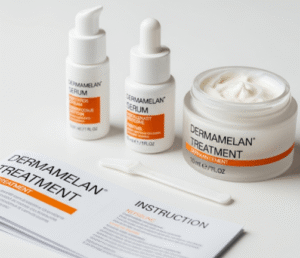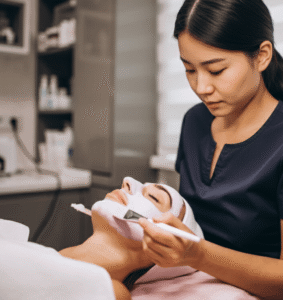Overview
Hypertension, commonly known as high blood pressure, is a chronic medical condition where the force of blood against the artery walls remains consistently elevated. If untreated, it significantly increases the risk of heart disease, stroke, kidney failure, and other complications.
In Korea, hypertension is one of the most prevalent health conditions, affecting a large portion of the adult population, especially those over 40. The country has implemented nationwide health screening programs, public health campaigns, and advanced treatment protocols to manage and prevent hypertension. Patients in Korea benefit from early diagnosis, access to affordable medications, lifestyle counseling, and cutting-edge cardiovascular care.
What is Hypertension?
Hypertension occurs when systolic blood pressure is ≥140 mmHg and/or diastolic blood pressure is ≥90 mmHg on repeated measurements. It is classified into:
- Primary (essential) hypertension: No identifiable cause, accounts for most cases.
- Secondary hypertension: Caused by underlying conditions such as kidney disease, hormonal disorders, or certain medications.
Symptoms
Often called the “silent killer”, hypertension may not show symptoms until serious complications arise. Possible symptoms include:
- Headaches (especially in the morning)
- Dizziness
- Blurred vision
- Shortness of breath
- Nosebleeds (rare and in severe cases)
Causes
- Unhealthy diet (high salt, fatty foods)
- Sedentary lifestyle
- Excessive alcohol consumption
- Smoking
- Stress
- Chronic conditions (kidney disease, diabetes, thyroid disorders)
- Genetic predisposition
Risk Factors
- Age (risk increases with age)
- Family history of hypertension
- Overweight and obesity
- Excessive salt intake (Korean diet traditionally contains salty foods such as kimchi and soups, raising concern)
- Lack of physical activity
- High stress levels
Complications
If untreated, hypertension can cause:
- Stroke
- Coronary artery disease and heart attack
- Heart failure
- Kidney damage and chronic kidney disease
- Vision loss (hypertensive retinopathy)
- Aneurysms
Prevention
- Reducing salt intake (government campaigns in Korea encourage low-sodium kimchi and foods)
- Maintaining a healthy weight
- Regular physical activity (walking, cycling, traditional Korean exercises like Taekwondo for fitness)
- Limiting alcohol and avoiding smoking
- Stress management (mindfulness, meditation, yoga)
- Regular blood pressure checks through Korea’s National Health Insurance screening program
Treatment Options in Korea
Diagnosis
- Routine blood pressure monitoring during national health screenings
- 24-hour ambulatory blood pressure monitoring (ABPM)
- Blood and urine tests to rule out secondary causes
- Imaging tests for heart, kidneys, or blood vessels if needed
Medical Treatments
- Antihypertensive medications widely available in Korea:
- Diuretics
- ACE inhibitors
- ARBs (angiotensin receptor blockers)
- Beta-blockers
- Calcium channel blockers
- Combination therapy is common for resistant hypertension.
Surgical or Advanced Therapies
- Renal denervation therapy (in specialized hospitals, for resistant hypertension)
- Lifestyle intervention programs integrated into hospital care
Rehabilitation and Support
- Nutrition counseling with dietitians (focus on low-salt Korean diet)
- Regular follow-up visits for monitoring
- Home blood pressure monitors encouraged for patient self-management
- Education campaigns on lifestyle changes

